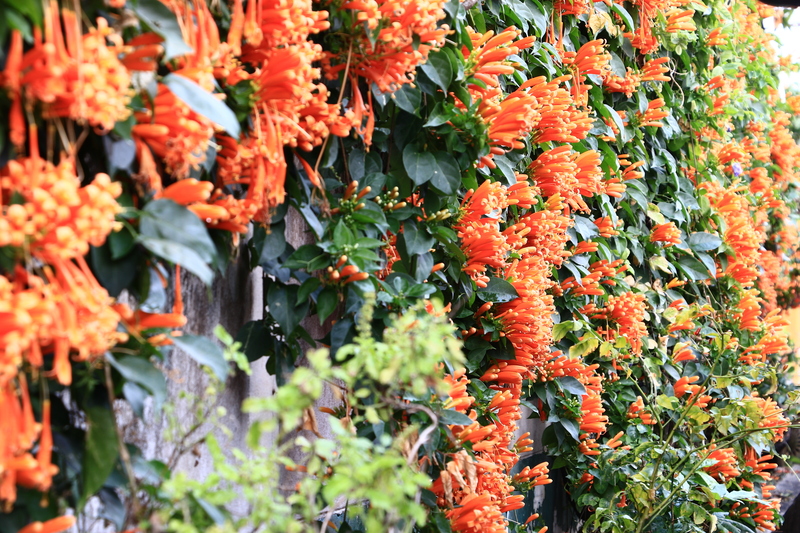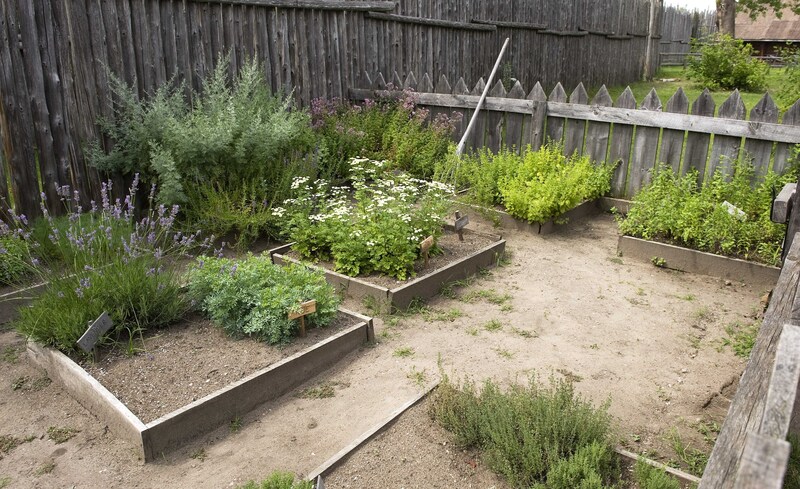Transforming Your Garden for Birds
Posted on 31/12/2024
Creating a garden that attracts birds can be a rewarding and enriching experience. Not only do birds bring beauty and song to your outdoor space, but they also play a crucial role in pest control and pollination. Transforming your garden to make it bird-friendly is an engaging activity that involves understanding birds' needs. Here, we will explore various ways to transform your garden into an avian haven.
Understanding Birds' Needs
Before you start, it's essential to understand what attracts birds to a garden. Birds need food, water, shelter, and nesting areas. Ensuring that your garden meets these requirements will increase the variety and number of birds that visit.

Food Sources
Providing food is one of the most effective ways to attract birds. Native plants, fruit-bearing shrubs, and trees can supply this need naturally. Different birds have different dietary preferences. For instance:
- Seeds: Plants like sunflowers, coneflowers, and millet attract finches and sparrows.
- Nectar: Hummingbirds and orioles are drawn to nectar-rich flowers like trumpet vine and bee balm.
- Berries and fruits: Plants such as elderberry, holly, and serviceberry attract thrushes and robins.
- Insects: Many birds, such as chickadees and wrens, feed on insects, so plants that host a variety of insects are beneficial.
To supplement natural sources, you can use bird feeders. Make sure to place them strategically and keep them clean to prevent the spread of diseases.
Water Supply
Birds need fresh water for drinking and bathing. Installing a birdbath is an easy way to provide a water source. Ensure the birdbath is shallow with a gentle slope for the birds to easily access the water. Adding a fountain or dripper can make it more attractive by creating the sound of running water, which many birds find irresistible.
Shelter and Nesting Sites
Providing shelter is crucial for protecting birds from predators and harsh weather. Dense shrubs, trees, and climbing vines offer excellent safety and are natural nesting sites. Consider planting evergreens like pine or holly, which offer year-round protection.
For nesting, different bird species require different types of nests. Installing nesting boxes can be very effective for cavity-nesting birds such as bluebirds and woodpeckers. Ensure nesting boxes meet the specific requirements of the species you want to attract and are placed in safe locations.
Creating a Bird-Friendly Habitat
Creating a diverse habitat with multiple layers is key. This includes low ground cover, mid-level shrubs, and tall trees. This variety will attract a more comprehensive range of bird species. Avoid using pesticides, as they can destroy the insects birds feed on and pose a threat to their health.
Additionally, you can create brush piles using garden clippings, logs, and twigs, which serve as excellent hiding spots and foraging areas for birds.
Pros and Cons of Transforming Your Garden for Birds
Pros:
- Enhanced Beauty: A bird-friendly garden is vibrant with colorful birds and beautiful plants.
- Pest Control: Birds feed on insects and pests, reducing the need for harmful chemicals.
- Pollination: Many bird species contribute to pollination, benefiting your garden's overall health.
- Environmental Impact: Supporting local bird populations helps to maintain ecological balance.
Cons:
- Maintenance: Bird-friendly gardens require regular maintenance, including cleaning feeders and birdbaths.
- Predators: Attracting birds might also attract predators, so measures must be taken to protect the birds.
- Initial Cost: There may be initial costs involved in purchasing plants and bird feeders.
Tips for a Bird-Friendly Garden
- Use Native Plants: They are more likely to attract local bird species.
- Maintain Cleanliness: Regularly clean bird feeders and baths to prevent disease.
- Diverse Layers: Plant different vegetation layers to create a varied habitat.
- Avoid Pesticides: Minimize chemical use to protect the birds and their food sources.
- Water: Ensure continuous fresh water supply with birdbaths or fountains.

Takeaways
- Birds need food, water, shelter, and nesting sites.
- Native plants and diverse habitat layers attract more bird species.
- Cleanliness and avoidance of chemicals are crucial.
- Initial investment and regular maintenance are required.
Conclusion
Transforming your garden for birds is a fulfilling project that brings numerous benefits to both you and the environment. By understanding and implementing their basic needs, you can create a thriving ecosystem right in your backyard. With careful planning and ongoing care, your garden can become a sanctuary for various bird species, enhancing nature's beauty and creating a peaceful retreat for you to enjoy.












